In Iowa, farmers aren’t legally required to reduce pollution that is harmful to fish and wildlife—but voluntary clean water practices can go a long way and deserve our support
Last week, a federal judge dismissed a potentially revolutionary lawsuit by the Des Moines Water Works, the utility that provides drinking water to the most populous city in the state, against drainage districts in three upstream counties in northwest Iowa. The lawsuit, which has been a hot topic among farmers and other concerned citizens for the last two years, also has big implications for sportsmen: The nutrient run-off that is bad for Des Moines’s water supply is also a problem for waterways and fish.
If the judge had allowed the Water Works lawsuit to progress, it could have completely upended the regulatory regime around water pollution nationwide by effectively bringing farm fields under the jurisdiction of the Clean Water Act, from which they are currently exempted. Instead, the dismissal puts a laser-like focus on the need for farmers to voluntarily reduce the nutrients leaving their fields and entering our waterways.
Impacts to Fish
We’ve written before about how nutrients like nitrogen and phosphorous can seriously impair our lakes, rivers, and off-shore waters. They’re like high-octane food sources for algae, causing the microscopic stuff to grow unchecked. Some of the algae are quite toxic on their own, but they also starve waterways of much-needed oxygen and block sunlight from reaching underwater vegetation. The presence of too much algae, deoxygenation, and reduction or total loss of plant life creates a recipe for disaster for fish and wildlife, and therefore sportsmen.A lawsuit puts focus on farmers’ need to voluntarily reduce the nutrients leaving their fields. Click To Tweet
Health Hazards
But the run-off problem doesn’t end in our lakes, streams, and oceans. That water can eventually make its way to our sinks, creating major health risks. High levels of nitrates in drinking water can cause suffocation in infants by limiting the blood’s ability to carry oxygen, and have been linked to cancer in people of all ages. It’s critically important that we keep as many nutrients as possible out of the water in the first place, but, failing that, it’s essential that we clean up the water before we consume it.
Which brings us to the lawsuit. The complaint from Des Moines Water Works was that excessive nitrates were flowing from farm fields upstream via the Raccoon River, one of the city’s main sources of drinking water. This required the utility to treat the city’s water to an unprecedented—and very expensive—degree.
In their view, someone upstream needed to be held accountable, and the Water Works pursued a novel strategy under the Clean Water Act: Farmers and farm fields are largely exempt from Clean Water Act permitting requirements, so Des Moines Water Works argued that the drainage districts, which maintain the infrastructure responsible for the flow of on-farm waters into the state’s larger waterways, should be considered “point sources,” which are regulated under the Clean Water Act.
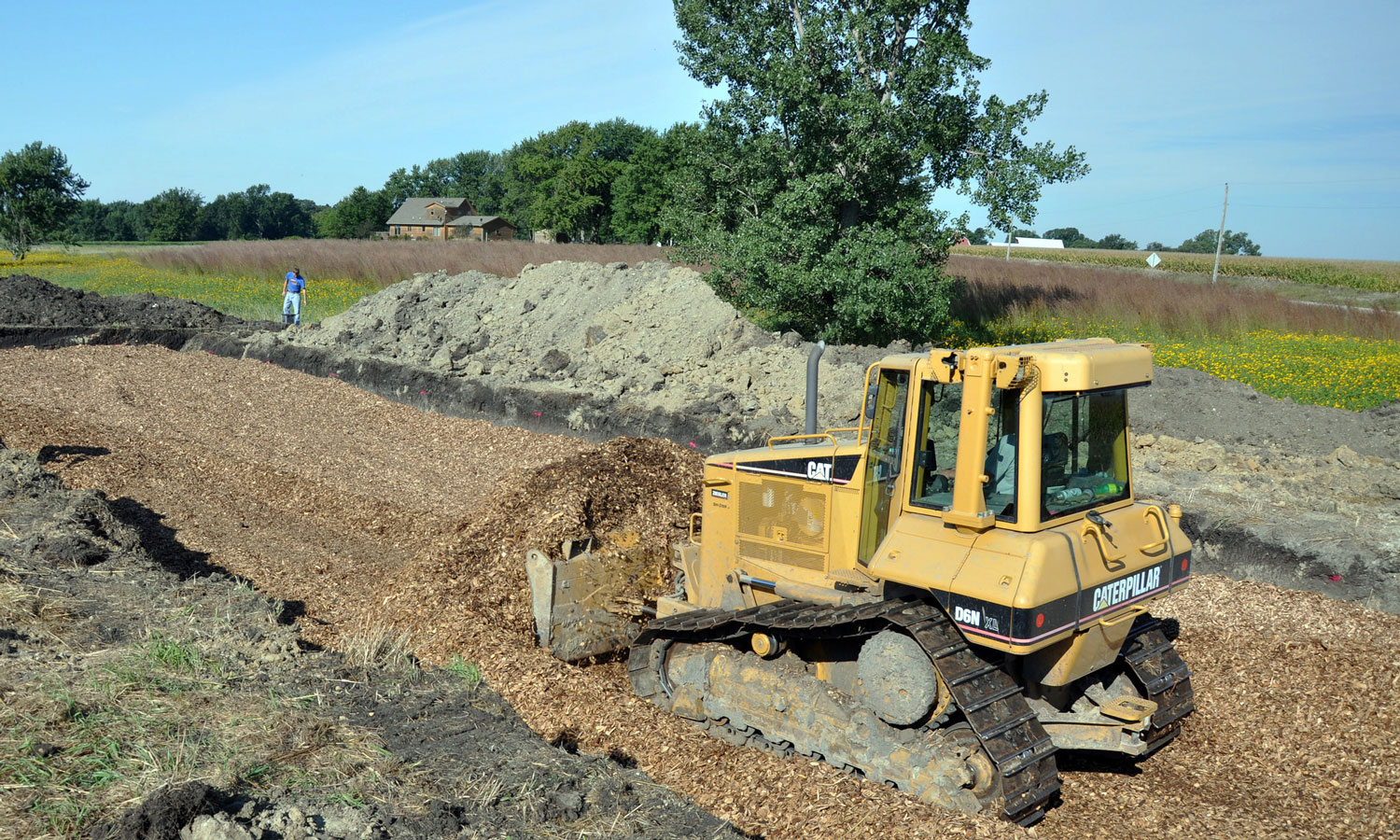
Had Des Moines Water Works prevailed, this new point source definition could have allowed the Environmental Protection Agency to require thousands of drainage districts across the U.S. to get pollution permits, just like large livestock operations or factory pipes that pump sewage into our rivers, launching a new era of farm-focused clean water regulations. However, the court’s dismissal of the suit preserves the status quo, and there remains no federal regulatory reason for farmers to manage the runoff of nitrogen and phosphorous from their lands.
Other Incentives
There are still many voluntary reasons for farmers to manage their nutrients. For one thing, they’re expensive assets that farmers would rather keep on their fields than watch disappear downstream. More importantly, farmers want the best water quality possible, but conservation and restoration practices can be very expensive for a small business to implement, especially when many of the practices that would have the greatest downstream impact have little to no on-farm benefits.
That’s one of the major reasons the TRCP works on federal legislation like the farm bill. We agree that the government can help farmers protect private waterways for the public’s benefit by offsetting costs. For instance, federal funding can help farmers implement innovative types of infrastructure, like “denitrifying bioreactors,” which force farm run-off through carbon filters like a giant Brita filter, and “saturated buffers,” which function like wetlands by filtering the flow of farm run-off through plant roots and wet soils.
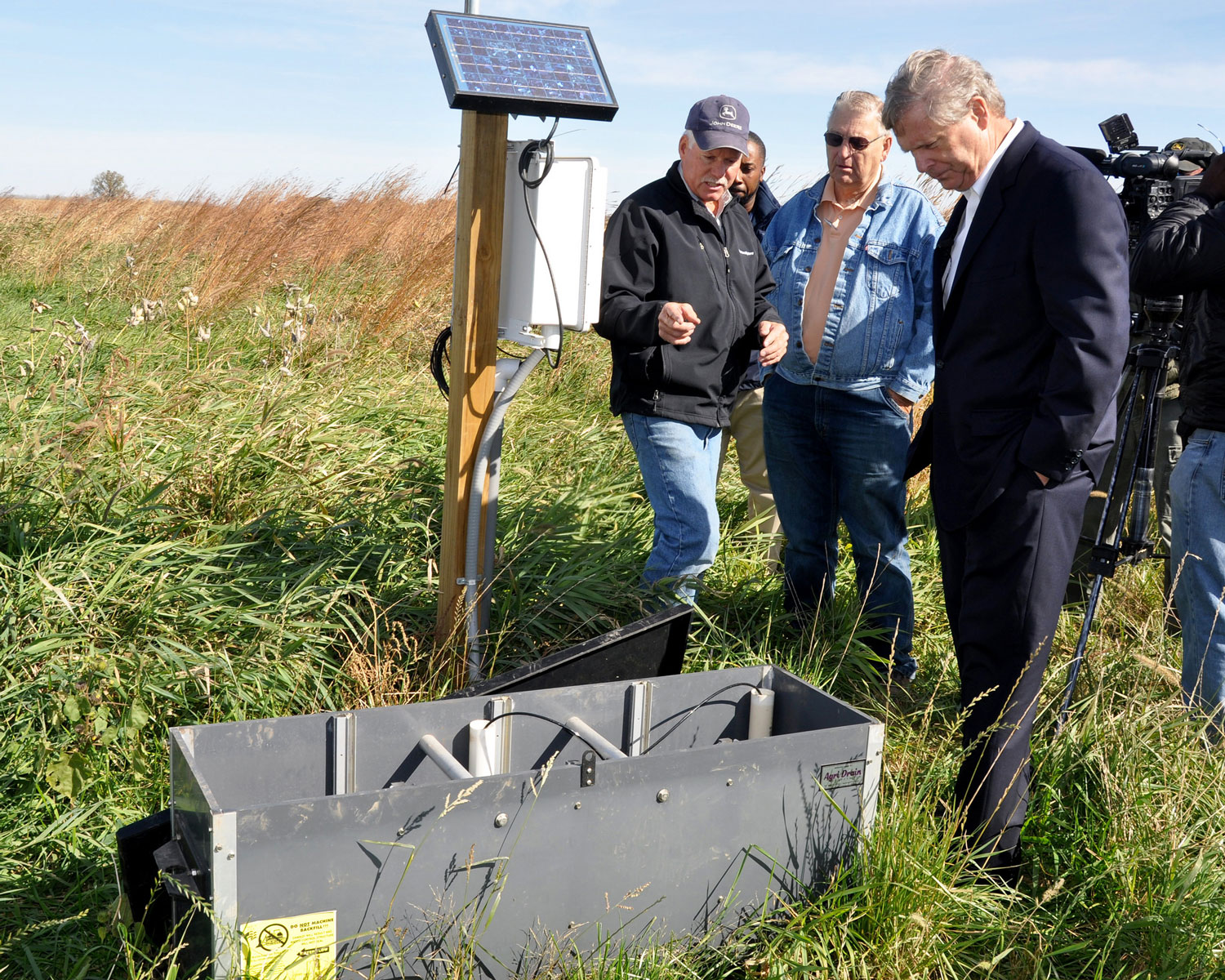
Conserving and restoring actual wetlands improves water quality, too. Our friends at Ducks Unlimited have referred to wetlands as “nature’s kidneys” for their water filtration abilities, and of course, they have the added benefit of providing waterfowl habitat that sportsmen love. Through Congressional investments in farm bill programs, the U.S. Department of Agriculture can help landowners with all of these practices and more.
While we tracked the Des Moines Water Works lawsuit and its many would-be impacts closely, the TRCP and our partners share a long-term dedication to the voluntary, incentive-based conservation on private lands that is key for clean water and healthy fish and wildlife habitat. In the wake of the judge’s decision, it’s even more important that we focus on getting conservation tools to the people and places that want and need them most.

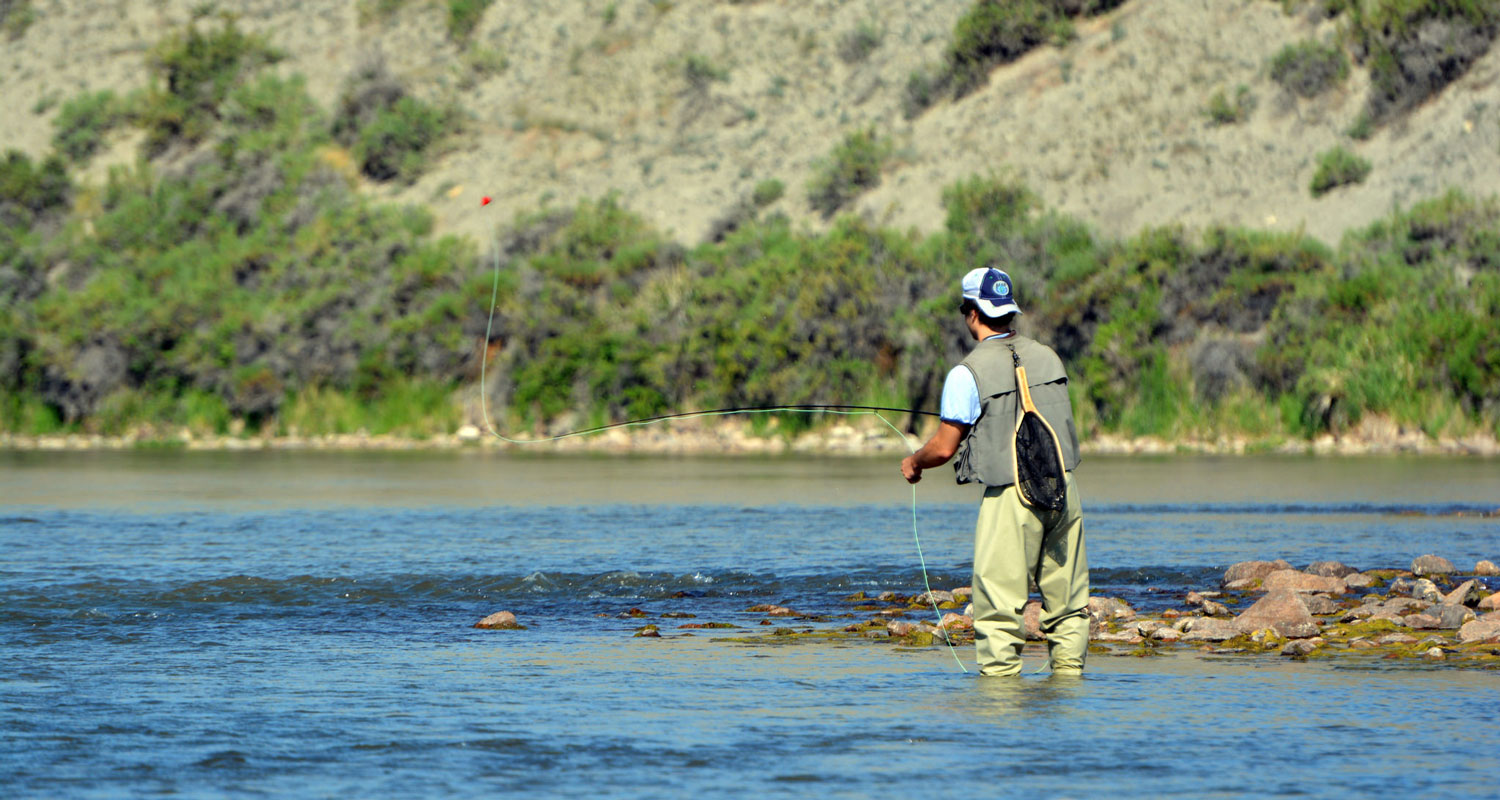
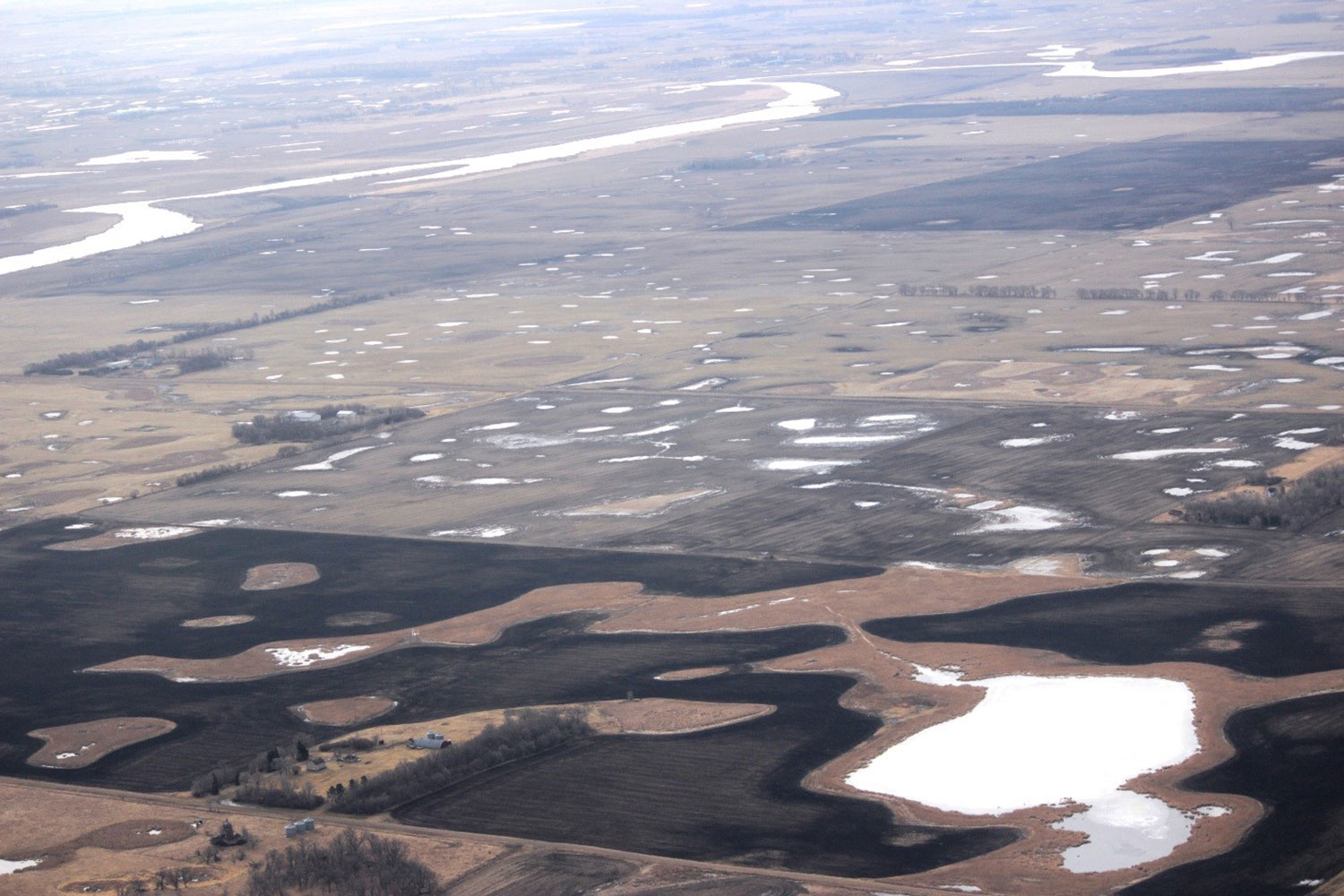
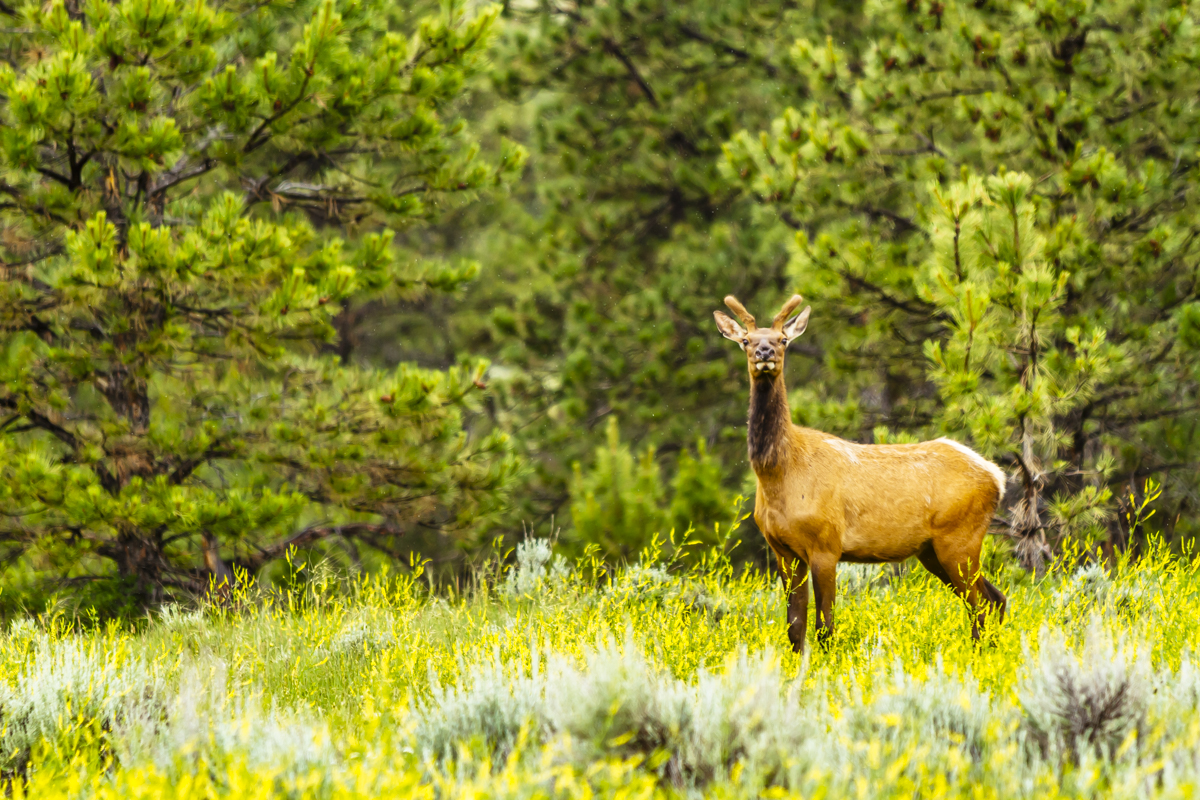
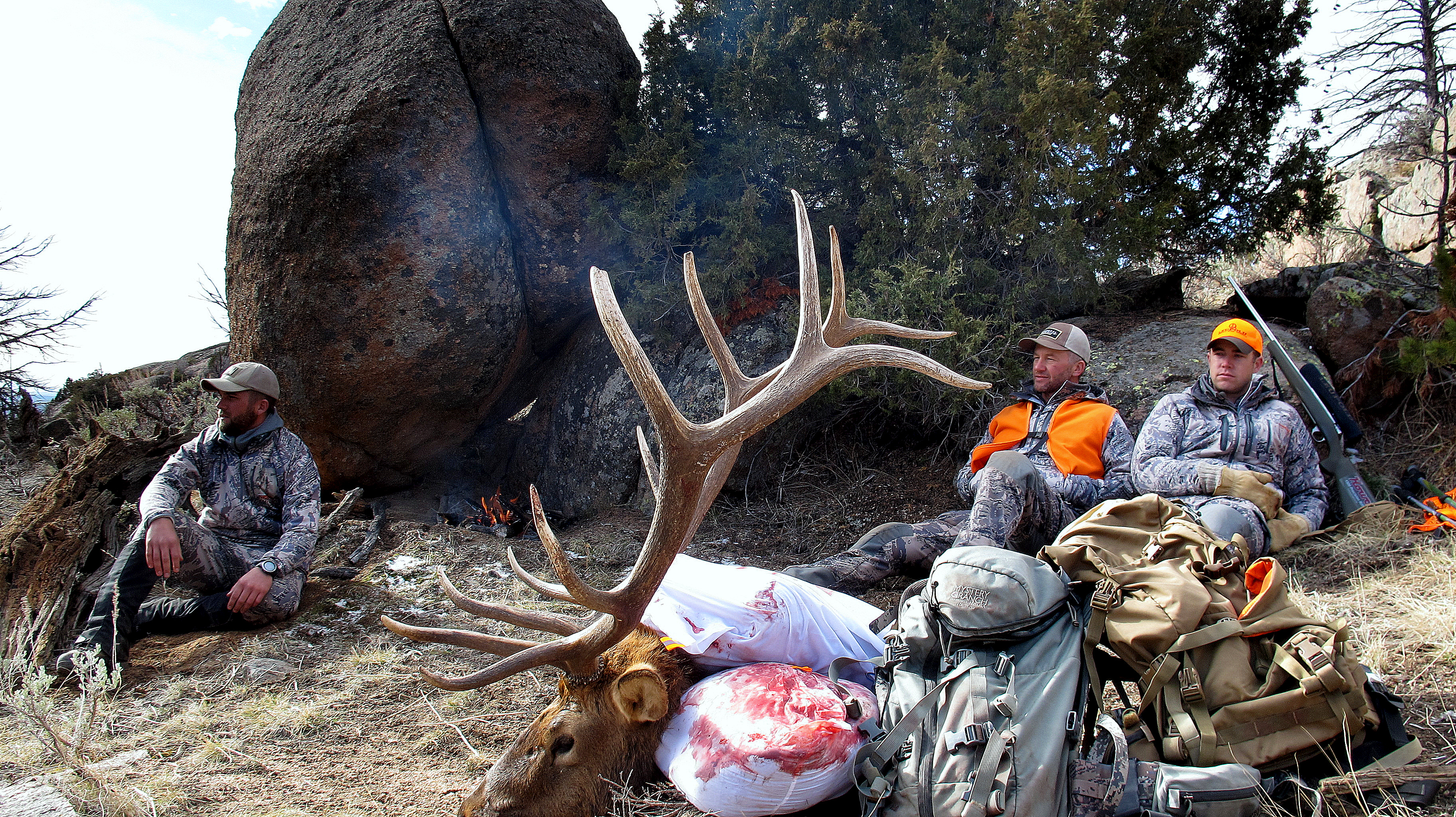
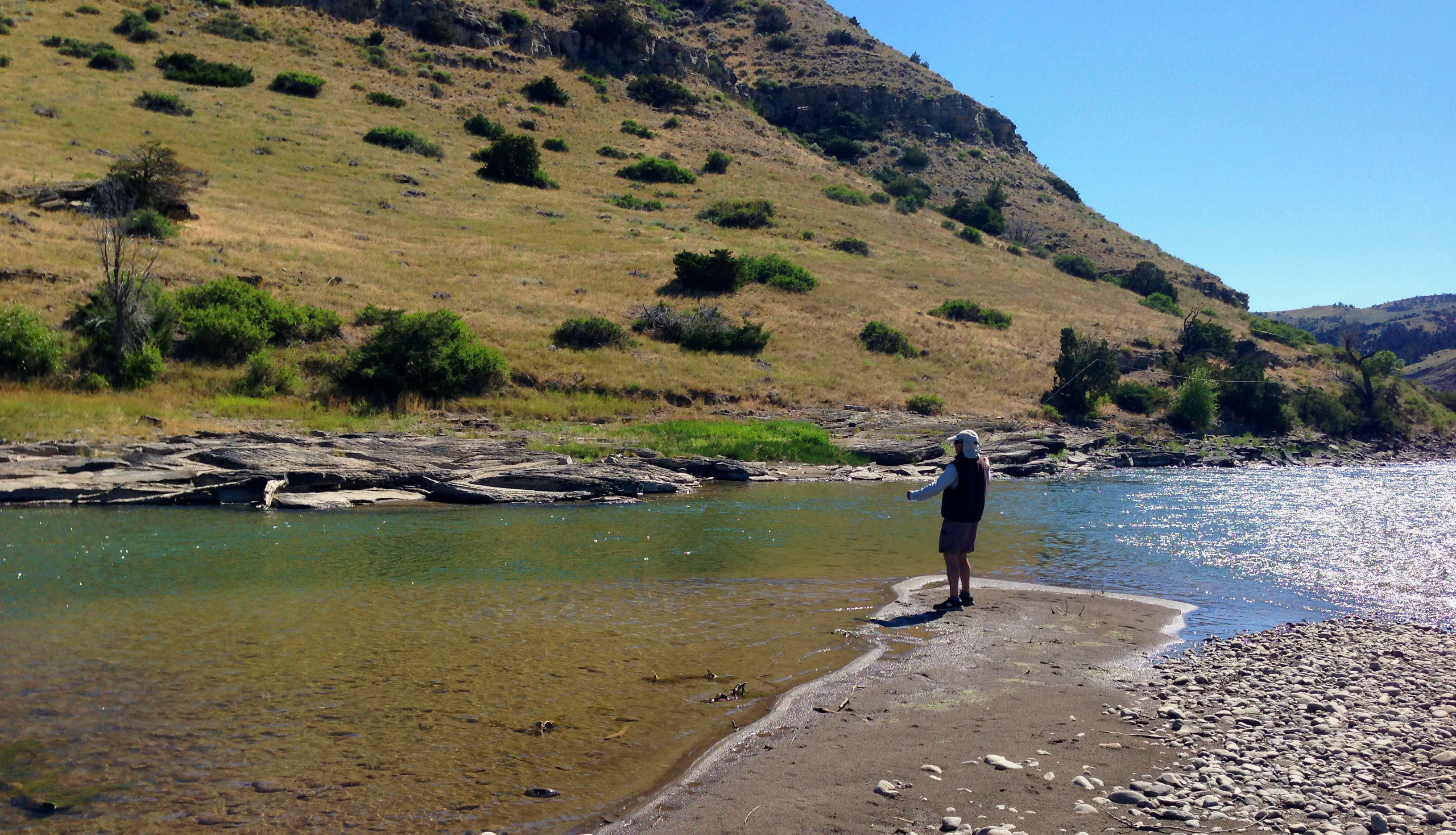
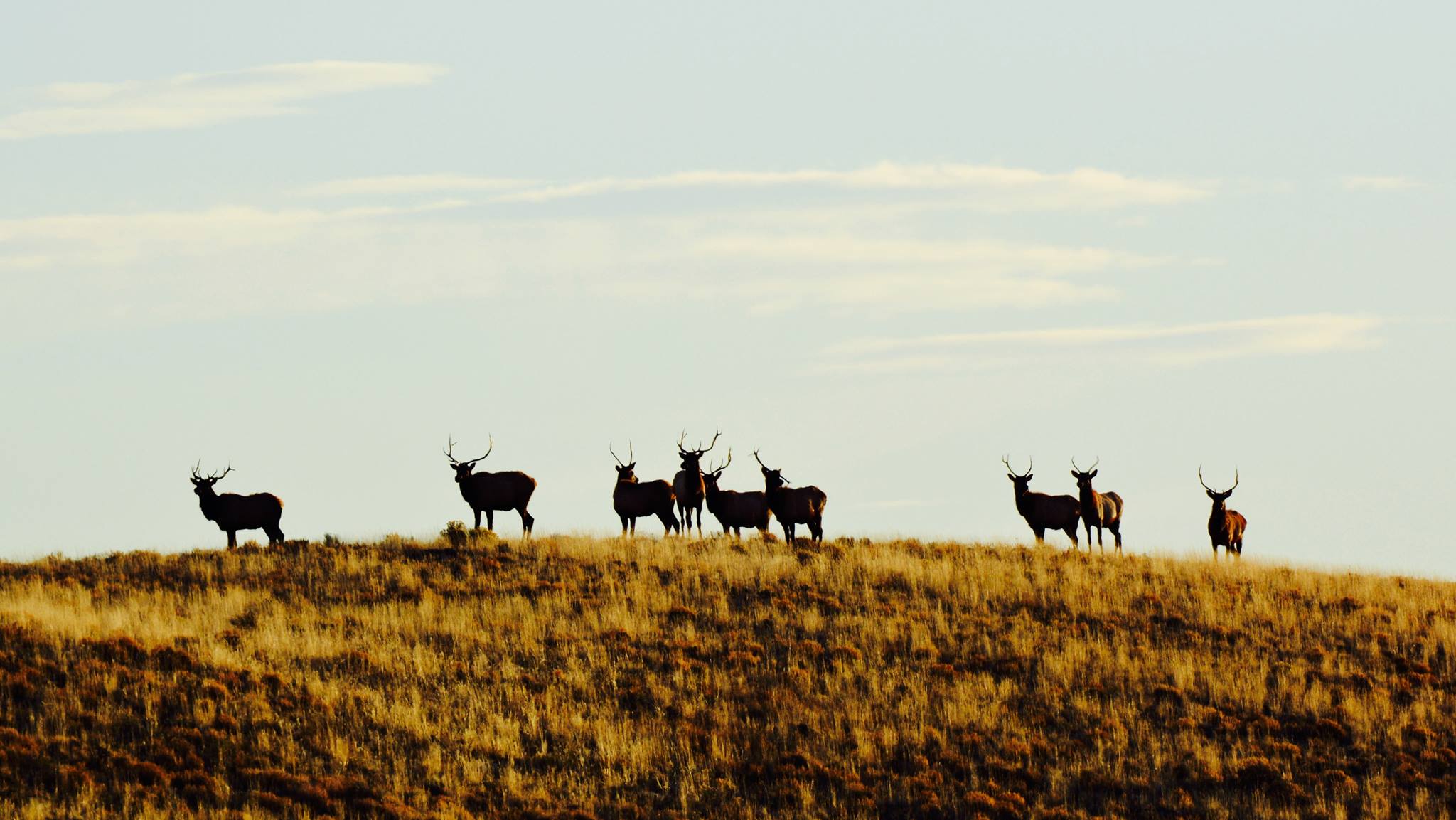
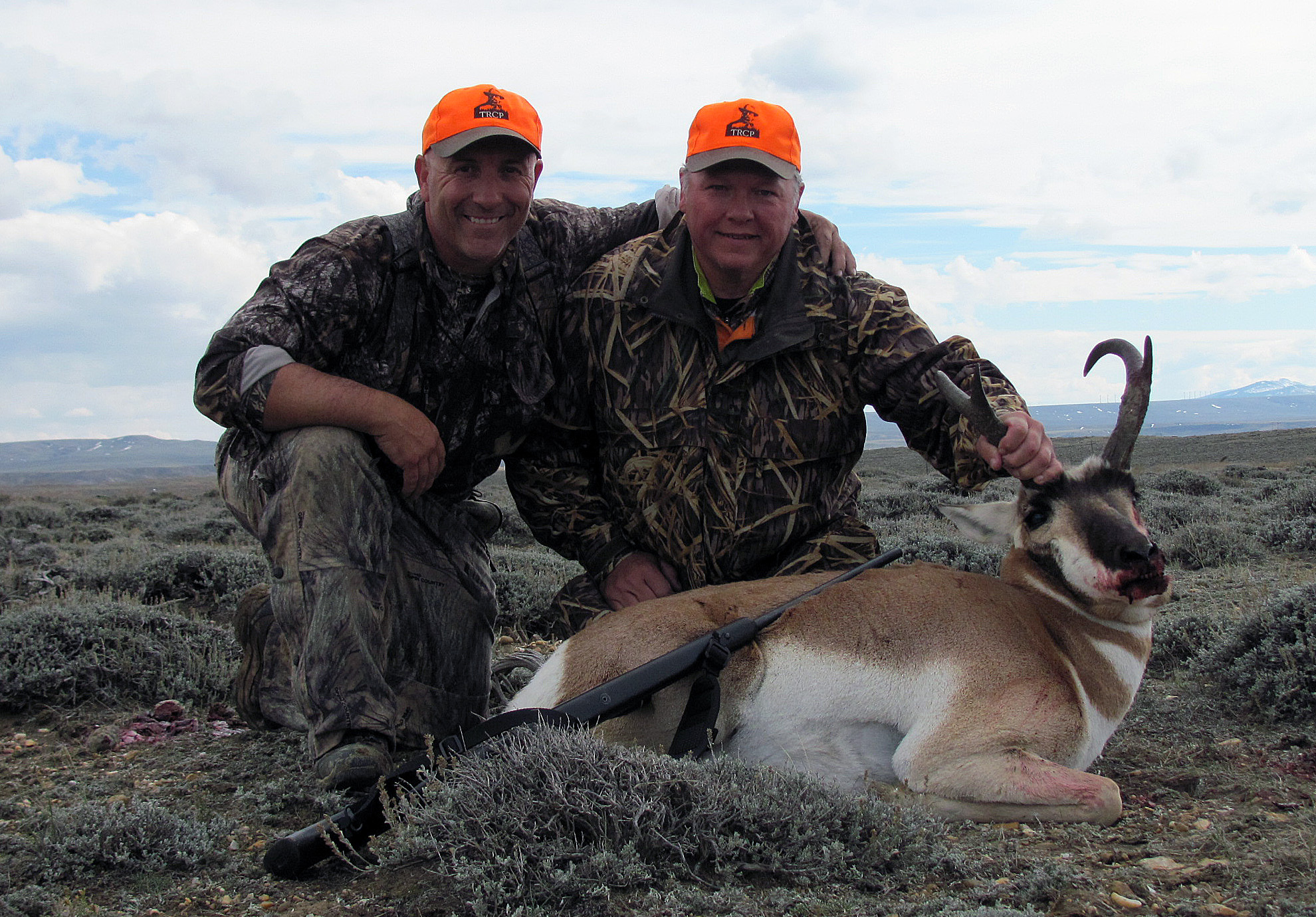
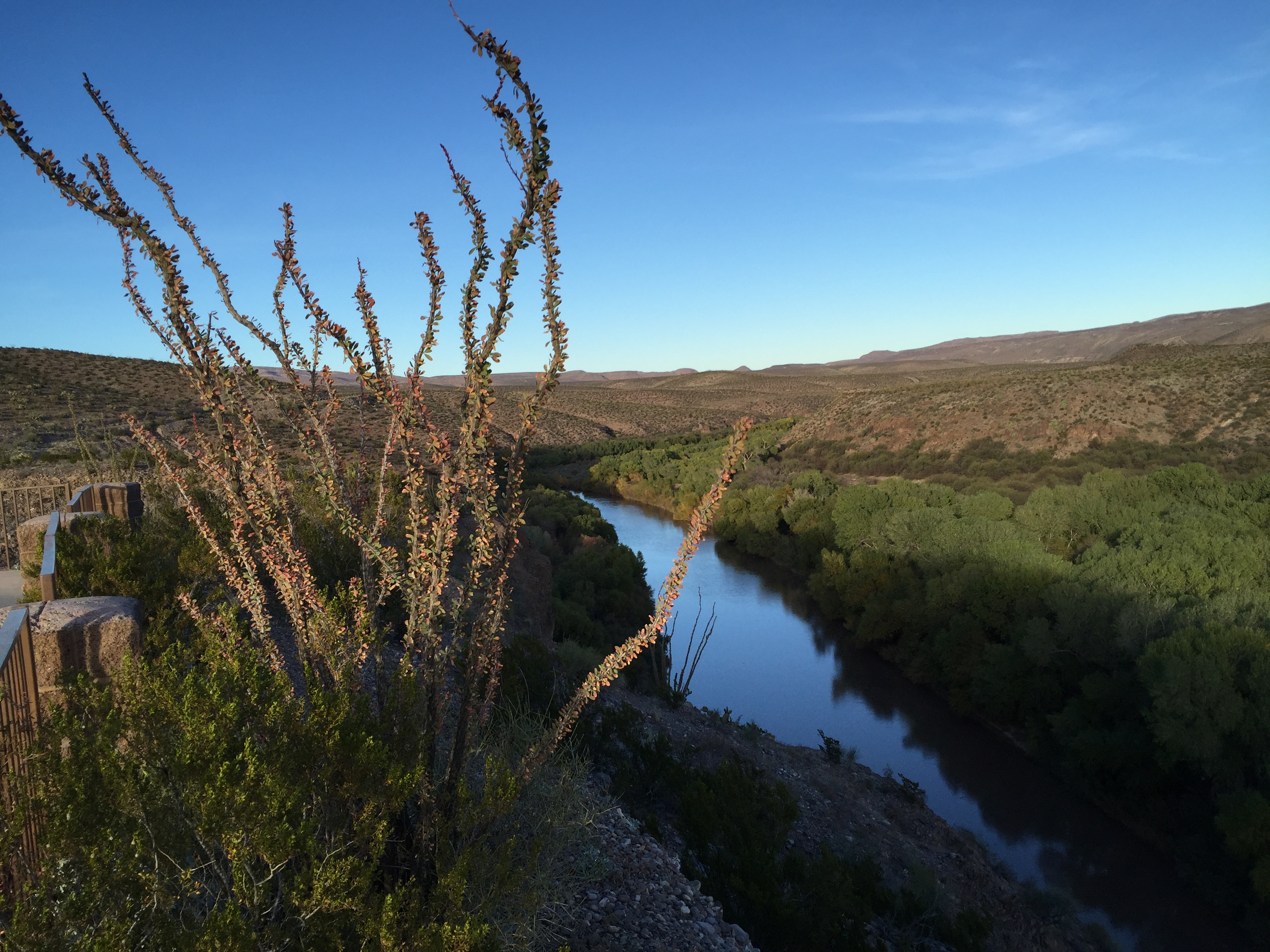
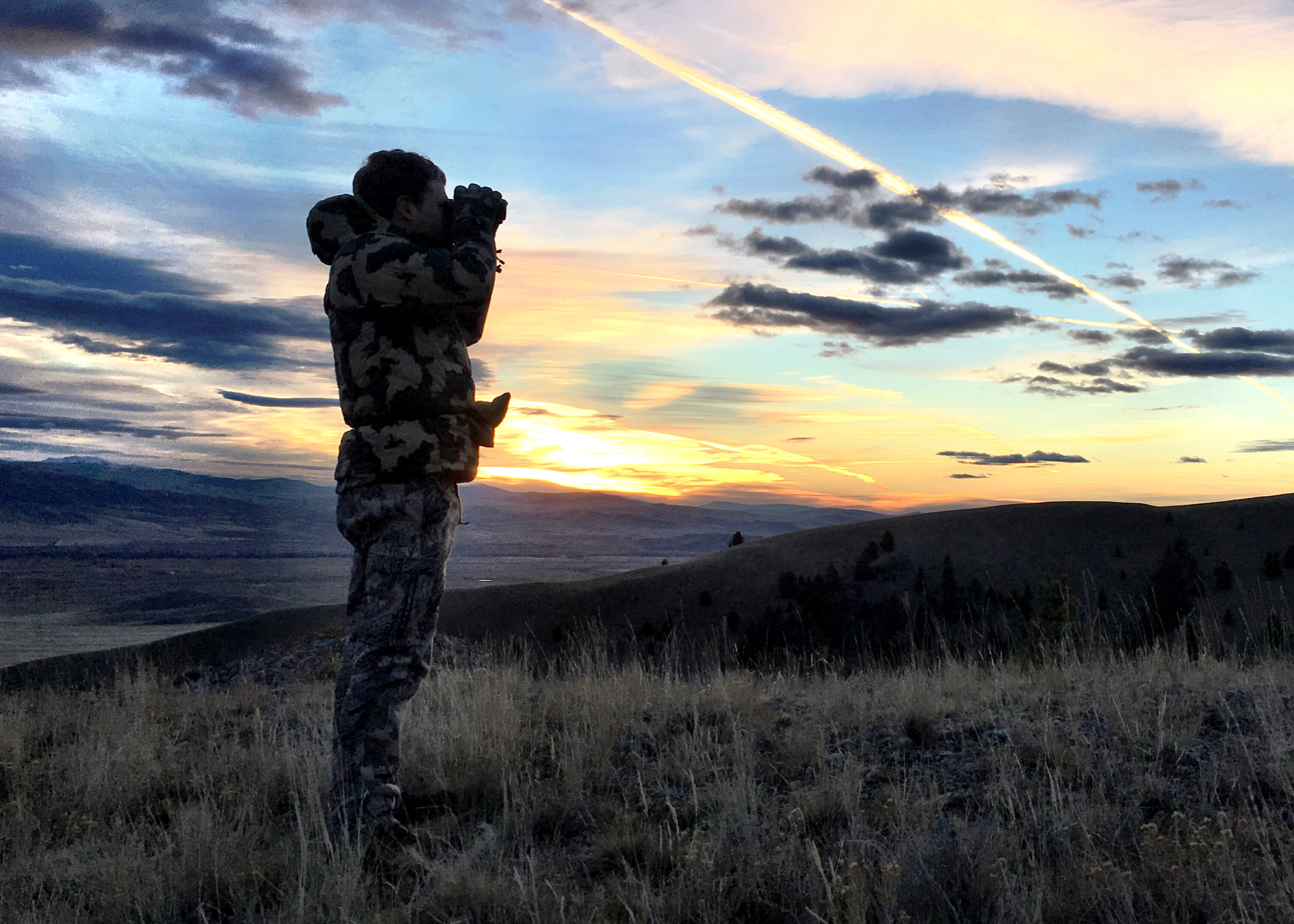
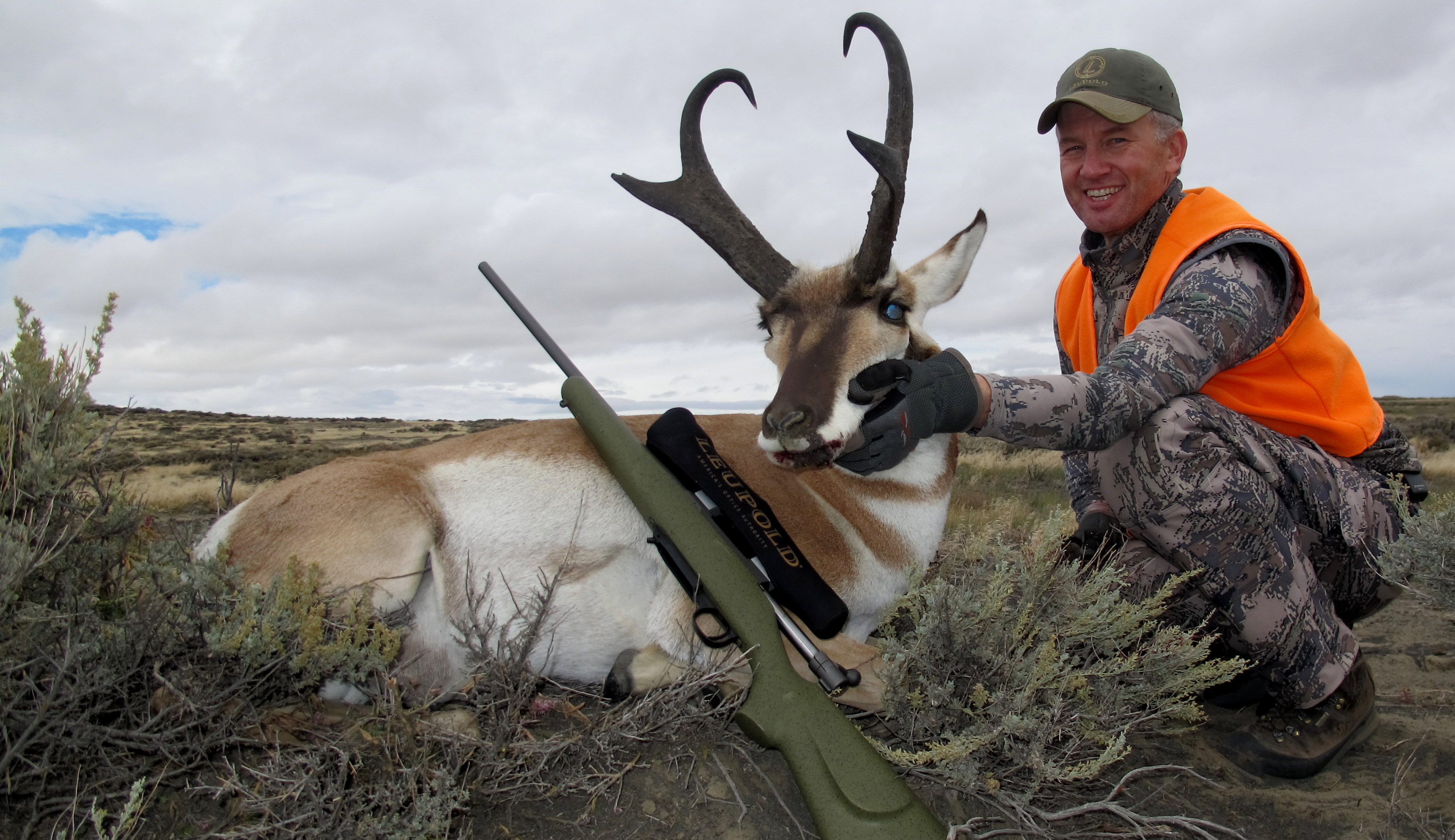
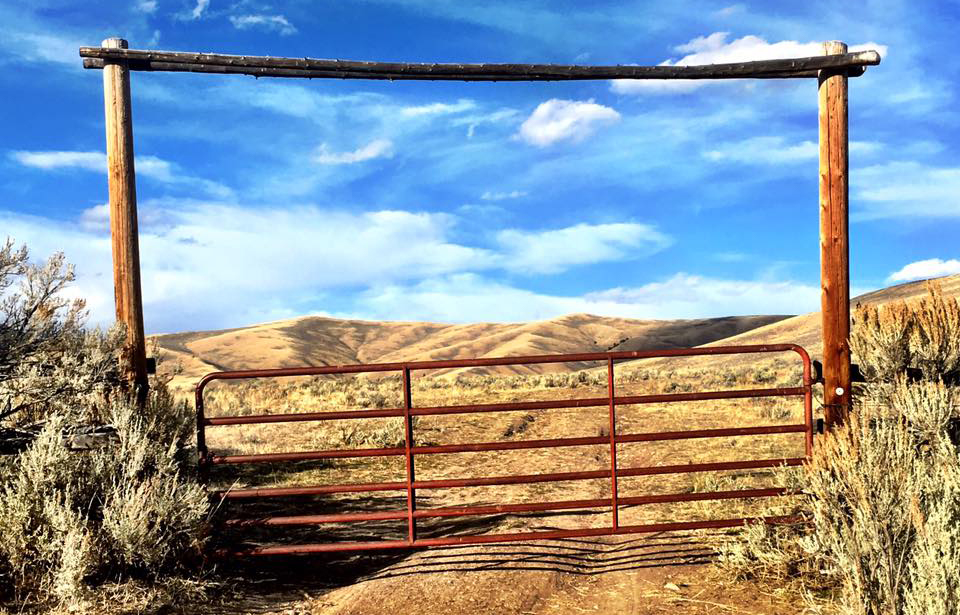
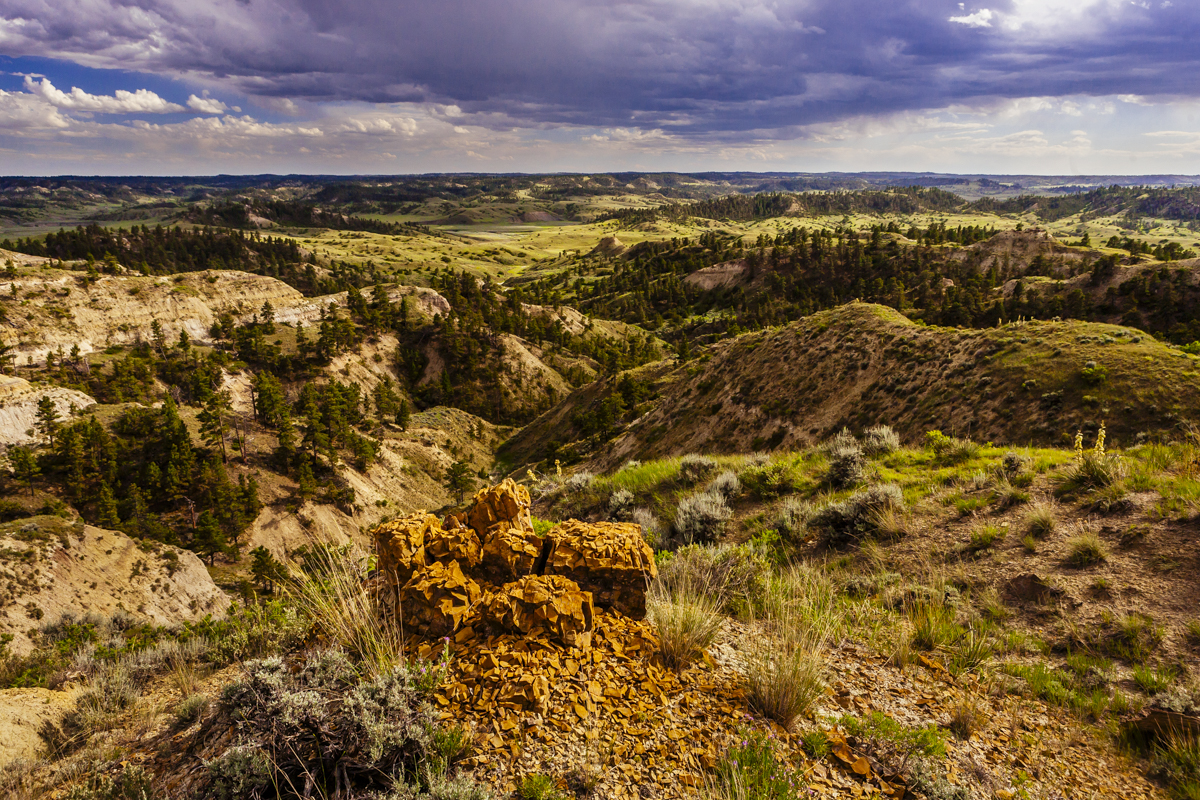
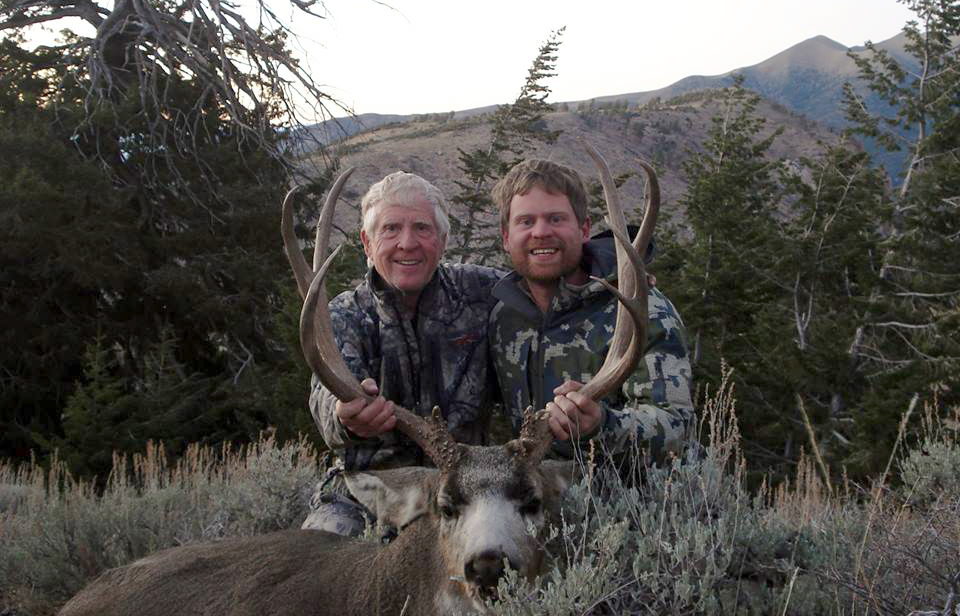




Thank you , farmers, for doing the right thing to protect our water. Only 3% of the world’s water is drinkable so we need to keep it as clean as possible . We also need to support farmers who grow our food. Without clean water and food humans can’t exist.
I agree!